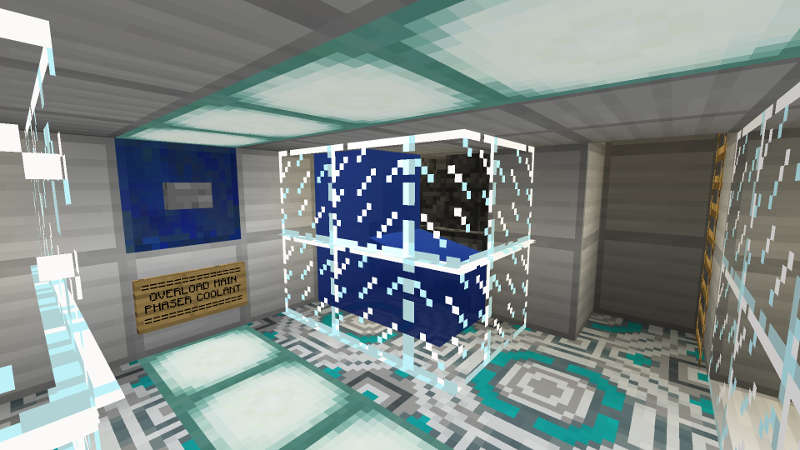Marketplace is new to Pocket and Windows 10 - for the first time it offers a way to browse, buy, download and play community content from within the game itself. Over the next few weeks we’ll be showcasing some of the cool stuff people have made for the launch! You can go check it out right now by clicking here!
QwertyuiopThePie is a name legendary among Minecraft creators, having authored a number of much-loved adventure maps and minigames, each built upon intricate redstone workings, and, more recently, command blocks. Qwerty, as he is more pronounceably known, has appeared on these pages before for his amazing team Capture The Flag map, Valley of Kings. Now he’s back, bringing another elaborate team deathmatch map to Pocket and Windows 10: Space Battle Simulator.
He broadly compares the concept of Space Battle Simulator to the game FTL - a ruthless spaceship management game, where you micromanage variously skilled crew members as they survive an onslaught of interstellar peril. Of course, here, each crew member is controlled by a separate player.
“The idea is that there’s two teams of players that are on these two battling spaceships,” says Qwerty. “They can use the spaceships’ systems to interact with the other spaceships - to do things like taking down the enemy’s shields, fire ship-to-ship weaponry, or beam onto the other ship and fight them hand-to-hand. The goal is to destroy the enemy’s spaceship.”






Share this story